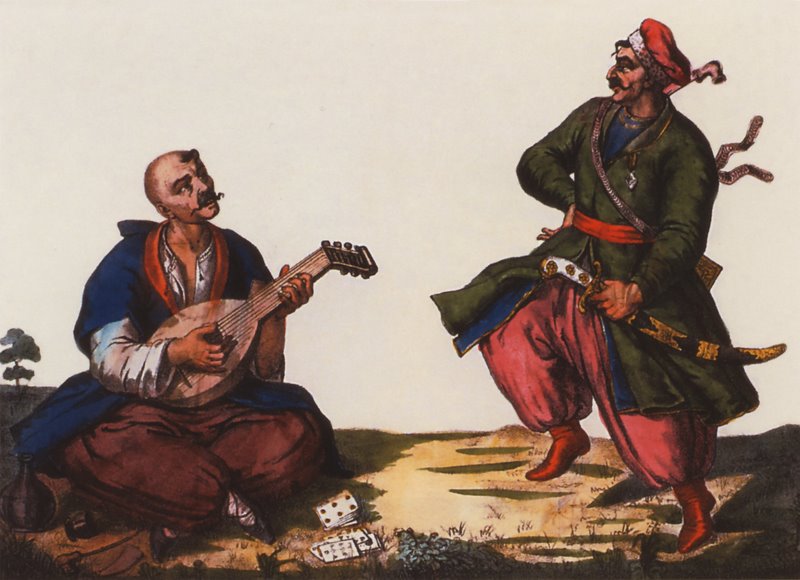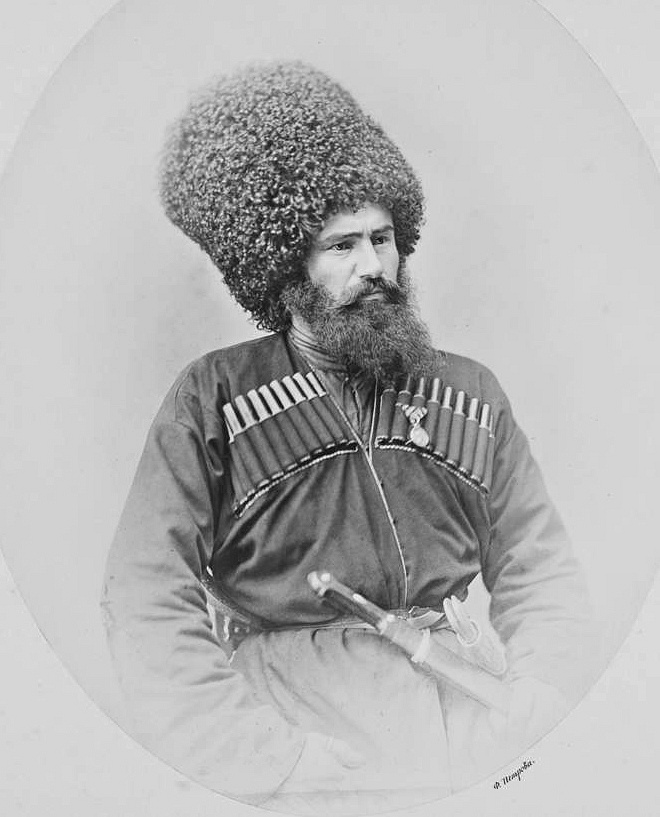|
Agach Komus
The kumuz or agach-kumuz is a stringed instrument used by the Kumyks of Dagestan, in the Russian Caucasus. It has three strings and is fretted. Scholars have noticed the similarity in name to the Kyrgyz komuz, but note the kumuz is perhaps more closely related to the other lutes of the Caucasus.https://atlasofpluckedinstruments.com/middle_east.htm#dagestan Atlas of Plucked Instruments: Dagestan Legendarily, the Kumyk poet Irchi Kozak cured the sick with the music of his agach-kumuz. References {{reflist See also *Chonguri, Georgian fretless lute *Panduri The panduri ( ka, ფანდური) is a traditional Georgian three-string plucked instrument common in all regions of Eastern Georgia: such as Pshav- Khevsureti, Tusheti, Kakheti and Kartli. The panduri is generally used to accompany s ..., Georgian fretted lute Dagestanian musical instruments String instruments ... [...More Info...] [...Related Items...] OR: [Wikipedia] [Google] [Baidu] |
Komuz
The komuz or qomuz ( ky, комуз , az, Qopuz, tr, Kopuz) is an ancient fretless string instrument used in Central Asian music, related to certain other Turkic string instruments, the Mongolian tovshuur, and the lute. The instrument can be found in Turkic ethnic groups, from China to Turkey. Forms of this instrument are used in China by the Naxi people and are called Huobusi, Hebisi , and Hunbusi. It is the best-known national instrument and one of the better-known Kyrgyz national symbols. The komuz is generally made from a single piece of wood (usually apricot or juniper) and has three strings traditionally made out of gut, and often from fishing line in modern times. In the most common tunings the middle string is the highest in pitch. Virtuosos frequently play the komuz in a variety of different positions; over the shoulder, between the knees and upside down. An illustration of a komuz is featured on the reverse of the one-som note. Playing style The komuz can be use ... [...More Info...] [...Related Items...] OR: [Wikipedia] [Google] [Baidu] |
Kobza
The kobza ( uk , кобза), also called bandurka ( uk , бандурка) is a Ukrainian folk music instrument of the lute family ( Hornbostel-Sachs classification number 321.321-5+6), a relative of the Central European mandora. The term ''kobza'' however, has also been applied to a number of other Eastern European instruments distinct from the Ukrainian kobza. Construction The Ukrainian kobza was a traditionally gut-strung, lute-like stringed musical instrument with a body hewn from a single block of wood. Instruments with a staved assembly also exist. The kobza has a medium-length neck which may or may not have tied-on frets, which were usually made of gut. It was single-strung (sometimes also double-strung) and the strings were played with fingertips or occasionally with a plectrum threaded through a ring placed on the middle finger. History The term kobza is of Turkic origin and is related to the terms kobyz and komuz, thought to have been introduced into the Ukrainian la ... [...More Info...] [...Related Items...] OR: [Wikipedia] [Google] [Baidu] |
Cobza
The ''cobza'' (also ''cobsa'', ''cobuz'', ''koboz'') is a multi-stringed instrument of the lute family of folk origin popular in the Romanian folklore from both Romania and Republic of Moldova (it is considered the oldest accompaniment instrument in the region). It is also used in the Hungarian Táncház movement (end of the 20th Century). It is distinct from the Ukrainian Kobza, an instrument of different construction and origin. Overview The Romanian Cobza is metal-strung (although modern nylon-strung models exist, mostly in Hungary), and has a very short neck without frets (although a newer fretted cobza can be found in the Republic of Moldova), with a bent-back pegbox. The back is ribbed. It is usually double or triple strung, and often has a characteristic flat end clasp. The Cobza is played with a plectrum (traditionally, a goose feather) in elaborate and florid melodic passagework, and has a pick-guard similar to that of an oud. Its strings are widely spaced at the ... [...More Info...] [...Related Items...] OR: [Wikipedia] [Google] [Baidu] |
Phondar
The Phandar ( ce, Пхıандар; ;) is a traditional Vainakhish three-string plucked instrument from Chechnya and Ingushetia in the Northern Caucasus. The sound produced by the Phandar is similar to the Panduri, but it is easy to hear the difference between these two similar instruments. Vainakhish Phandar Phandar is the most popular and commonly used string folk instrument in Chechnya and Ingushetia. Construction Phandars have a wooden elongated body, carved from one piece of wood, with a flat top and a curved lower deck. They are traditionally made of walnut wood. Traditional phandar's frets were made of cord or gut string, but modern versions can be made using the same plastic or steel frets used for guitars and other modern fretted instruments. Phandar are customarily 750–900 mm long, end-to-end, but can vary in size depending on the maker. Originally phanders had 3 separate strings, but some modern instruments have 6 strings in 3 double- course ... [...More Info...] [...Related Items...] OR: [Wikipedia] [Google] [Baidu] |
Panduri
The panduri ( ka, ფანდური) is a traditional Georgian three-string plucked instrument common in all regions of Eastern Georgia: such as Pshav-Khevsureti, Tusheti, Kakheti and Kartli. The panduri is generally used to accompany solo heroic, comic and love songs, as well as dance. It is typically played by men. Tuning *Three-stringed panduri: G-A-C# or E-B-A# or A-C#-E *Two-stringed panduri: D-C# Construction The frets on the panduri are traditionally made of wood inlaid in the fingerboard, usually seven frets to an octave, but nowadays chromatic fretting with metal frets can also be found. The body of the panduri is usually made more in the shape of a spade, less often with a parallel sided endblock. It is traditionally carved from a single block of wood, but a staved construction (like a lute) is also common. Image:Panduri_back_dusepo.jpg, Back view of panduri with body made of ribs Image:Panduri_front_dusepo.jpg, Front view of panduri with body made of ribs Fi ... [...More Info...] [...Related Items...] OR: [Wikipedia] [Google] [Baidu] |
Pandura
The pandura ( grc, πανδοῦρα, ''pandoura'') or pandore, an ancient string instrument, belonged in the broad class of the lute and guitar instruments. Akkadians played similar instruments from the 3rd millennium BC. Ancient Greek artwork depicts such lutes from the 3rd or 4th century BC onward. Ancient Greece The ancient Greek ''pandoura'' was a medium or long-necked lute with a small resonating chamber, used by the ancient Greeks. It commonly had three strings: such an instrument was also known as the ''trichordon'' (three-stringed) (τρίχορδον, McKinnon 1984:10). Its descendants still survive as the Kartvelian panduri, the Greek tambouras and bouzouki, the North African kuitra, the Eastern Mediterranean saz and the Balkan tamburica and remained popular also in the near east and eastern Europe, too, usually acquiring a third string in the course of time, since the fourth century BC. Renato Meucci (1996) suggests that the some Italian Renaissance descendants of ... [...More Info...] [...Related Items...] OR: [Wikipedia] [Google] [Baidu] |
Pandur (musical Instrument)
The pandura ( grc, πανδοῦρα, ''pandoura'') or pandore, an ancient string instrument, belonged in the broad class of the lute and guitar instruments. Akkadians played similar instruments from the 3rd millennium BC. Ancient Greek artwork depicts such lutes from the 3rd or 4th century BC onward. Ancient Greece The ancient Greek ''pandoura'' was a medium or long-necked lute with a small resonating chamber, used by the ancient Greeks. It commonly had three strings: such an instrument was also known as the ''trichordon'' (three-stringed) (τρίχορδον, McKinnon 1984:10). Its descendants still survive as the Kartvelian panduri, the Greek tambouras and bouzouki, the North African kuitra, the Eastern Mediterranean saz and the Balkan tamburica and remained popular also in the near east and eastern Europe, too, usually acquiring a third string in the course of time, since the fourth century BC. Renato Meucci (1996) suggests that the some Italian Renaissance descendants of ... [...More Info...] [...Related Items...] OR: [Wikipedia] [Google] [Baidu] |
Kumyks
, image = Abdul-Wahab son of Mustafa — a prominent Kumyk architect of the 19th century. , population = near 600,000 , region1 = , pop1 = 503,060 , ref1 = , region2 = , pop2 = 10,000 , ref2 = , region3 = , pop3 = 718 , ref3 = , langs = Kumyk language , region4 = , pop4 = 1200 , ref4 = , region5 = , pop5 = 481 , ref5 = , region6 = , pop6 = 360 , ref6 = , region7 = , pop7 = 33 , ref7 = [...More Info...] [...Related Items...] OR: [Wikipedia] [Google] [Baidu] |
Dagestan
Dagestan ( ; rus, Дагеста́н, , dəɡʲɪˈstan, links=yes), officially the Republic of Dagestan (russian: Респу́блика Дагеста́н, Respúblika Dagestán, links=no), is a republic of Russia situated in the North Caucasus of Eastern Europe, along the Caspian Sea. It is located north of the Greater Caucasus, and is a part of the North Caucasian Federal District. The republic is the southernmost tip of Russia, sharing land borders with the countries of Azerbaijan and Georgia to the south and southwest, the Russian republics of Chechnya and Kalmykia to the west and north, and with Stavropol Krai to the northwest. Makhachkala is the republic's capital and largest city; other major cities are Derbent, Kizlyar, Izberbash, Kaspiysk and Buynaksk. Dagestan covers an area of , with a population of over 3.1 million, consisting of over 30 ethnic groups and 81 nationalities. With 14 official languages, and 12 ethnic groups each constituting more than 1% ... [...More Info...] [...Related Items...] OR: [Wikipedia] [Google] [Baidu] |
Caucasus
The Caucasus () or Caucasia (), is a region between the Black Sea and the Caspian Sea, mainly comprising Armenia, Azerbaijan, Georgia, and parts of Southern Russia. The Caucasus Mountains, including the Greater Caucasus range, have historically been considered as a natural barrier between Eastern Europe and Western Asia. Mount Elbrus in Russia, Europe's highest mountain, is situated in the Western Caucasus. On the southern side, the Lesser Caucasus includes the Javakheti Plateau and the Armenian highlands, part of which is in Turkey. The Caucasus is divided into the North Caucasus and South Caucasus, although the Western Caucasus also exists as a distinct geographic space within the North Caucasus. The Greater Caucasus mountain range in the north is mostly shared by Russia and Georgia as well as the northernmost parts of Azerbaijan. The Lesser Caucasus mountain range in the south is occupied by several independent states, mostly by Armenia, Azerbaijan, and Georgia, but also ... [...More Info...] [...Related Items...] OR: [Wikipedia] [Google] [Baidu] |
Komuz
The komuz or qomuz ( ky, комуз , az, Qopuz, tr, Kopuz) is an ancient fretless string instrument used in Central Asian music, related to certain other Turkic string instruments, the Mongolian tovshuur, and the lute. The instrument can be found in Turkic ethnic groups, from China to Turkey. Forms of this instrument are used in China by the Naxi people and are called Huobusi, Hebisi , and Hunbusi. It is the best-known national instrument and one of the better-known Kyrgyz national symbols. The komuz is generally made from a single piece of wood (usually apricot or juniper) and has three strings traditionally made out of gut, and often from fishing line in modern times. In the most common tunings the middle string is the highest in pitch. Virtuosos frequently play the komuz in a variety of different positions; over the shoulder, between the knees and upside down. An illustration of a komuz is featured on the reverse of the one-som note. Playing style The komuz can be use ... [...More Info...] [...Related Items...] OR: [Wikipedia] [Google] [Baidu] |
_b.jpg)



